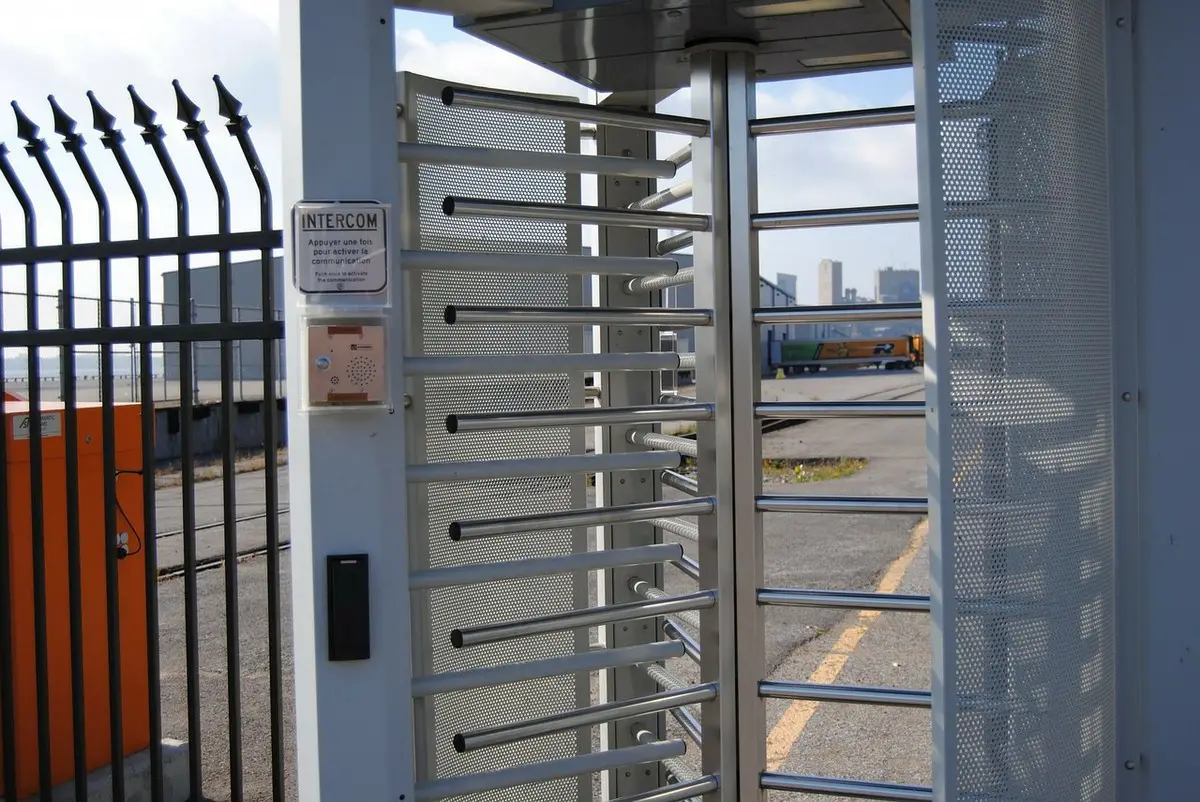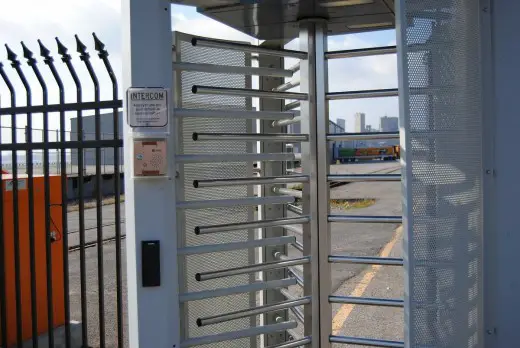Chapter 8 Barrier Guide, House refurb tips, Property renewal advice, Home refurbishment
4 Chapter 8 Barrier Essentials
17 Sep 2019
From tiny maintenance jobs through to major architectural projects, safety barriers play a major role in keeping workers and members of the public out of harm’s way. But with so many other aspects to consider and safety being far from the most interesting of those, it is often half-forgotten and pushed to the back of the pile of priorities.
This can often lead to a whole host of issues ranging from ethical to legal. Each of which could ultimately cost the business or individual a considerable amount of time, money and stress. Yet with the correct knowledge, understanding and application, all of these can be avoided with relative ease and little investment.
4 Chapter 8 Barrier Essentials Guide
This guide takes you through 4 of the most fundamental and important aspects of safety barriers with reference to the guidance as laid out in Chapter 8. By reading and understanding this, you put yourself in the best position to quickly and easily apply requirements to any project in which they apply.
- What is Chapter 8 anyway?
The pages that make up Chapter 8 details the recommendations made by the government concerning safety on public roads during temporary works. This document is part of the wider spanning 2009 Ministry of Transport’s Traffic Signs Manual.
Consisting of three sections, Chapter 8 offers professionals sound advice on maintaining the correct levels of safety with reference to the situations outlined above. These sections include:
Section 1: This section provides guidance on relevant safety measures including the design of safety signs.
Section 2: This section outlines exactly where those measures and signs need to be placed with reference to individual situations.
Section 3: This section offers updated guidance to section 1 and section 2 and was added as part of The Traffic Signs Regulation and General Direction 2016.
- In which situations do Chapter 8 safety barriers apply?
The guidance outlined in Chapter 8 is to be used as a guide for anyone, professional or otherwise, who is conducting temporary works on or near roads.
With this in mind, Chapter 8 can be applied in various forms across various situations. Professionals will often use Chapter 8 safety fencing as a way to clearly mark the hazardous area to the public and to keep workers safe from vehicles or any other dangerous situations which may occur.
- Chapter 8 compliance
Complying to the recommendations outlined in Chapter 8 is relatively easy if considered and planned for well ahead of time. This can vary depending on the unique situation from clearly marking vehicles with reflective ‘decoration’ through to clearly placing safety barriers.
Choosing Chapter 8 compliant safety barriers can also be a relatively easy task when working with a knowledgeable supplier. Your supplier should be able to offer you advice on whether a reflective barrier is needed or whether a protective barrier is required.
You can find the relevant information on which safety barriers you should use within the pages of Chapter 8, specifically in Part 1, section D3.10, and Part 2, Section O4.11.
- Common issues with Chapter 8
There is often confusion over exactly whether professionals have to comply with the recommendations laid out in Chapter 8 when undertaking work on or near a road. This is primarily because Chapter 8 is simply guidance highlighted as ‘best practice’ by the government and not official legislation.
However, the content of the guide should be taken very seriously by professionals. This is due to the fact that has been created primarily to help businesses and professionals to adhere to the laws surrounding the Health and Safety at Work Act 1974 and Safety at Work (NI) Order 1978. Therefore, any failure to apply the guidance may result in legal action being taken should any issues occur.
Site safety may not be the most interesting aspect of an architectural project. However, good architects know that to ensure the smooth running of any project, safety should be an integral part of planning and application. By taking the time to understand the content of Chapter 8 and how it may apply to your project, whether that be through protective barriers or reflective vehicles, you will save yourself a substantial amount of hassle in the long run.
Scottish Architecture

image courtesy of article provider
Comments / photos for the 4 Chapter 8 Barrier Essentials page welcome





